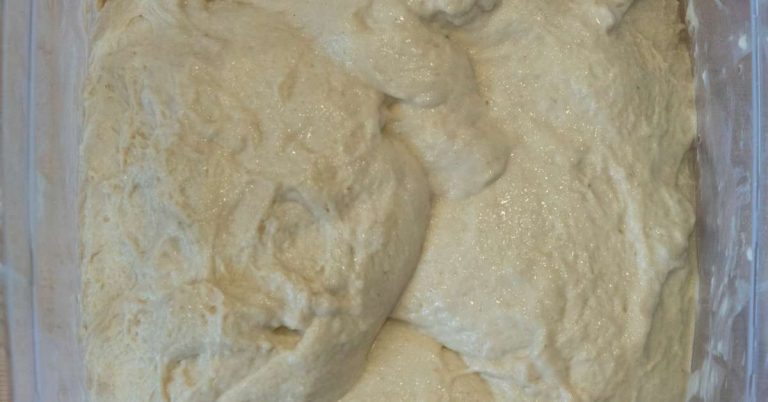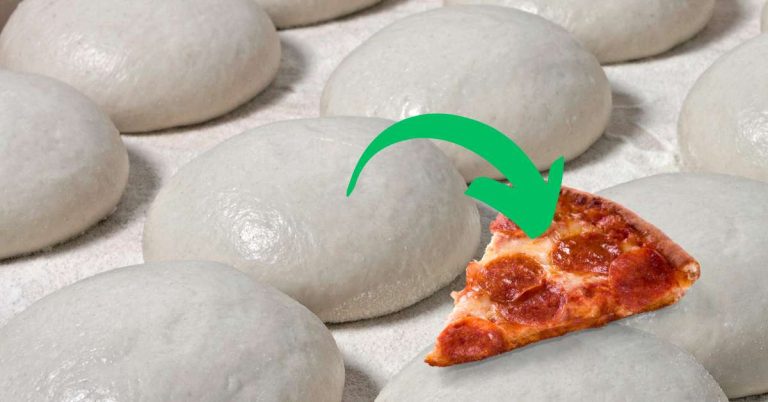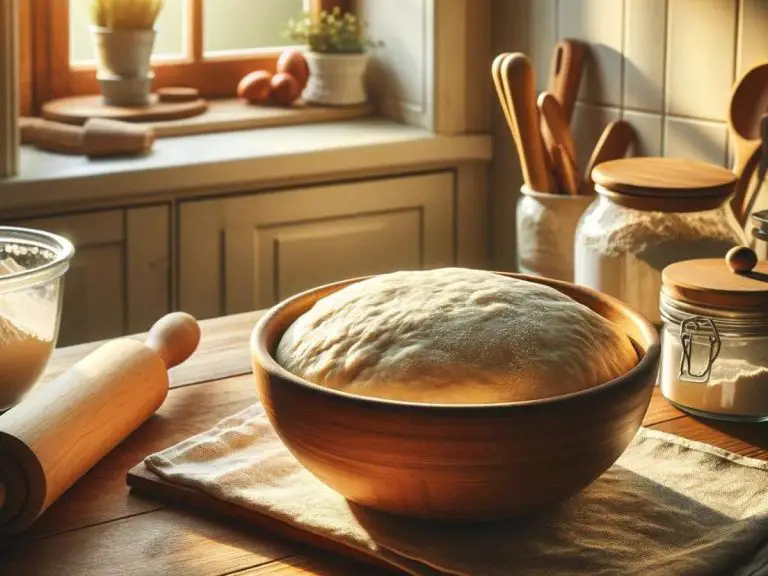What Is the History of Poolish in Pizza Making?
The history of poolish in pizza making dates back to its use in French baking, where it was adopted for its ability to improve bread’s texture and flavor. Its introduction into pizza dough has allowed for lighter, more flavorful crusts. Understanding the origins and evolution of poolish can provide insight into traditional and modern baking techniques.
Some pizza crusts tastes better than others, and a lot of it has to do with the dough, specifically, a special ingredient called poolish. Let’s dive into the fascinating history and evolution of poolish in pizza dough, and discover how this unique component has transformed the way we enjoy one of the world’s favorite foods.

Origins of Poolish
Poolish is a type of pre-fermented dough used in baking, known for giving breads and pizzas a light, airy texture and a great flavor. It’s like a magic potion for dough! The story of poolish starts in French bakeries many years ago. French bakers were the first to use poolish, making their breads taste amazing. But, how did this French secret make its way into Italian pizza? That’s a journey worth exploring.
The Migration to Italy
As people traveled and shared their cooking secrets, poolish found its way from France to Italy. Italian chefs started experimenting with poolish in their pizza dough. At first, they had to figure out how to make it work just right for pizza. They played around with the recipe, adding their own twist to it. This was the beginning of a new era for pizza, making the dough tastier and the crust crunchier.
Evolution Through Time
Over the years, the way people make poolish has changed. Ingredients have been updated, and new methods have been tried. This evolution has had a big impact on the texture, taste, and crust of pizza. Thanks to these changes, we can enjoy pizzas that are light, fluffy, and full of flavor. It’s amazing how a simple ingredient like poolish can make such a big difference in the food we love.
| Year | Event | Significance |
|---|---|---|
| 17th Century | Origin of Poolish | Poolish, a wet sponge (pre-ferment), believed to have originated in Poland, hence the name. It was widely used in French baking. |
| Late 18th Century | Introduction to Italy | Poolish and other pre-ferments introduced to Italian bakers, influencing bread and pizza dough techniques. |
| Early 20th Century | Rise in Popularity for Pizza Making | Bakers began experimenting with poolish for pizza doughs, appreciating its flavor and texture benefits. |
| Late 20th Century | Gourmet Pizza Movement | The gourmet pizza movement embraced poolish preferments for artisanal pizzas, highlighting the crust’s taste and structure. |
| 21st Century | Innovation and Global Spread | The use of poolish in pizza making has spread globally, with bakers continuously innovating recipes for better quality pizzas. |
Modern Adaptations
Today, chefs around the world are adding their own twist to poolish in pizza dough. They experiment with different flours and hydration levels to create unique textures and flavors. This innovation is especially seen in artisanal pizza making. Here, chefs focus on quality and tradition. But, poolish is also making its way into commercial pizza. It helps make a consistent and tasty dough on a larger scale.
Poolish Vs. Other Preferments
When making pizza dough, chefs can choose from several preferments. Poolish is just one option. Others include biga and sourdough starters. Each has its own benefits. For example, biga adds strength to the dough, while sourdough starters bring a tangy flavor. The choice to use poolish often comes down to the desired texture and taste. Poolish makes the dough light and airy with a subtle taste.
Global Influence
Poolish is not just for Italian pizza anymore. Chefs around the world use it in their dough. They often add local ingredients or techniques to make it their own. This global adoption shows how versatile poolish is. It can blend with different culinary traditions to create something new and exciting.
Final Thoughts
The use of poolish in pizza dough has a long history. Its journey from French bakeries to Italian pizzerias and beyond is a testament to its enduring appeal. Looking ahead, we see trends towards sustainability and health-conscious eating. Chefs are experimenting with poolish to meet these needs. They use whole grains and local ingredients. This not only makes pizza healthier but also more environmentally friendly. The legacy of poolish in pizza dough is sure to continue for many years to come.






